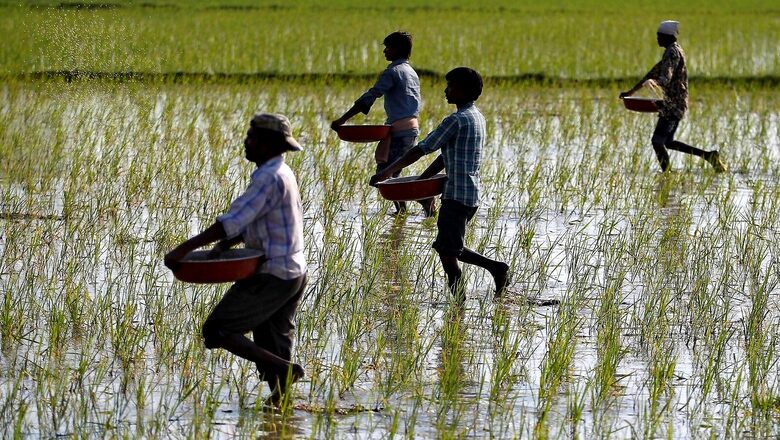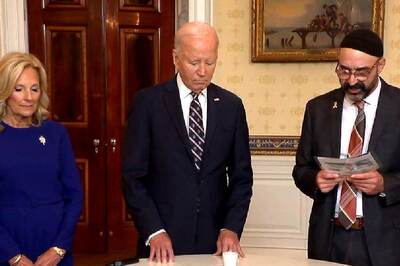
views
Prices of rice, including all varieties, have jumped up to 30 per cent since early June. The rates have increased due to higher demand from Iran, Saudi Arabia, Bangladesh and Iraq and also a shortage in paddy acreage in several states. The total paddy area in the country was 13.3 per cent less till July 29 compared with the same period last year.
Poor rains have adversely affected crops in the major producer states of Uttar Pradesh, Jharkhand, Chhattisgarh, West Bengal, Odisha and Bihar. While this has raised concerns about a shortage in grain output, higher export demand fanned prices further.
“Bangladesh has started importing rice from India which has impacted the preferred varieties of rice in Indian households like sona masoori, whose prices have gone up by 20 per cent,” according to an ET report quoting B V Krishna Rao, president of the Rice Exporters Association.
As on July 29, the area under paddy cultivation in these states is lower by 3.7 million hectares, compared to a year ago. The area deficit is about a tenth of the kharif rice acreage of 39.7 million hectares for the entire country. At an average yield of 2.6 tons per hectare, lower plantings have put around 10 million tonnes of production at stake.
Till July 29, monsoon showers have been above-normal, 9 per cent more than the long period average, at an aggregate level. But, they are lagging behind in major rice-producing states dependent on rains, according to data from the India Meteorological Department.
Rainfall deficiency so far is at a worrying 47 per cent in southern Bengal, 52 per cent in eastern Uttar Pradesh, 41 per cent in Bihar and 50 per cent in Jharkhand. Meanwhile, another top rice producer Telangana is battling severe floods.
Recently, the central government decided to restore rice procurement operations in the central pool (by FCI & by state under DCP) in Telangana. Paddy is procured by the state through its agencies from farmers. The resultant rice, after milling, is retained by the state for its own consumption under NFSA/ OWS and only surplus rice stock is delivered to FCI under central pool. All the expenditures for procurement and distribution for central schemes are borne by the Centre.
Meanwhile, wheat prices in the country also rose about 14 per cent in the past one-and-a-half month recently, due to high demand from millers who will make products like maida, biscuits, flour and suji, and supply issues due to the monsoon season.
The price of mill-delivered wheat in northern India increased to Rs 2,300-2,350 per quintal till July 21, from a low of Rs 2,260-2,270 a quintal in June. Traders said big companies and traders are holding their stocks and expecting the price to rise, whereas small farmers and traders have already sold out their stocks. For the first time this year, wheat from state-owned Food Corporation of India (FCI) is not available for the millers.
Read all the Latest News and Breaking News here


















Comments
0 comment